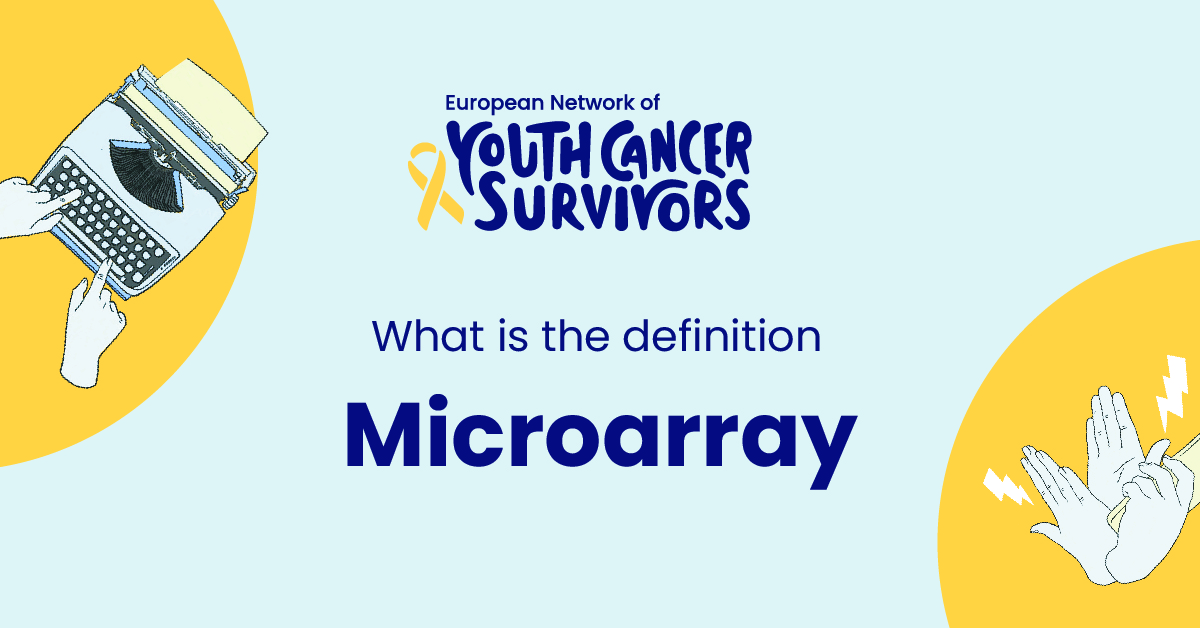
Importance of Microarray in Modern Science
The advent of Microarray technology has laid a cornerstone in the modern field of molecular biology and genomics. Microarrays have pioneered the simultaneous analysis of large amounts of genetic material, substantiating as a critical tool for both fundamental and clinical research. They paved the way for high-throughput systems biology studies, giving us insights into disease mechanisms at a cellular level, hence facilitating the formulation of personalized medicine.
Brief insight into the growth of Microarray technology
The inception of Microarray technology dates back to the 1980s, and over the years, it has been fine-tuned to deliver more precise and accurate results. The growth of microarray technology is underscored by improvements in data analysis, experimental design, and fabrication techniques. Its usage have now expanded into diverse fields including oncology, neuroscience, pharmacology, among others.
Comprehending the Concept of Microarray
Detailed Definition of Microarray
A Microarray is essentially a high-throughput technology used in molecular biology and in medicinal investigations for the synchronized multitudes of genetic materials. It consists of an orderly arrangement of microscopic spots bonded to a solid surface, which can be utilized to simultaneously examine the expression levels of thousands of genes.
Origin and Development
The development of Microarray technology began in the 1980s as a spin-off of the flourishing field of recombinant DNA technology. Over the years, it has advanced through various stages from low-density to high-density versions, and different kinds have been introduced based on the type of molecules used and the application in focus.
Different Kinds of Microarray
DNA Microarray
DNA microarrays, also known as genome chips, biochips, or gene arrays, are used to detect DNA or RNA that may or may not be translated into proteins. The simultaneous assessment of expression levels of numerous genes enables researchers to gather large amounts of genetic information in record time.
Protein Microarray
Protein microarrays are essentially tools used to track the interactions and activities of proteins, and to determine their function. They are chiefly useful for validating results obtained from DNA microarrays.
Tissue Microarray
Tissue microarrays are used in the field of pathology for the simultaneous profiling of various biomarkers in thousands of tissue specimens. It is instrumental in identifying correlations between gene expression and phenotype, thereby helping in both diagnostic and therapeutic discoveries.
Cellular Microarray
Cellular microarrays allow the study of living cells and their interactions with a variety of adhesive ligands. It allows large scale parallel analysis of cell-substrate interactions and facilitates the identification of substrates promoting cell differentiation, migration, and adhesion.
Get to know us better
If you are reading this, you are in the right place – we do not care who you are and what you do, press the button and follow discussions live

Understanding the Working Mechanism of Microarray
Preparation for Microarray Analysis
Before executing a microarray experiment, a clear understanding of the objective of the experiment is necessary. Sample preparation, experimental design, and choice of array most suitable for the task comprise the essentials of preparation for microarray analysis.
Process of Hybridization in Microarray
In microarray analysis, hybridization is a central process. It involves hybridizing a labeled sample of DNA or RNA to a microarray slide. Driven by the principle of complementary base pairing, the labeled sample hybridizes to the compatible DNA fragments on the array.
Data Analysis and Interpretation
Once the hybridization is complete, the slide is scanned and the data is extracted and normalized to correct experimental variations. After normalization, the data is interpreted to draw conclusions. This stage is crucial to analyze gene expression levels, discover novel genes, predict gene function, or categorize genes into functional groups.
Application Areas of Microarray in Healthcare
Role in Genetic Research
Microarray technology has revolutionized genetic research by allowing the simultaneous analysis of tens of thousands of samples. It is instrumental in gene discovery, genotyping, and comparison of gene expression between different cell types or treatment conditions, thereby facilitating the understanding of gene function and genetic makeup of various disorders.
Usage in Disease Diagnosis
Microarrays have made it possible to diagnose diseases by measuring the genetic variation within the patient’s genome. Specific disease markers and target sequences can be identified that correspond to the disease state, thus offering a swift and accurate diagnosis.
Significance in Drug Discovery Process
Microarrays play a vital role in drug discovery by enabling the assessment of pharmacological responses to various drugs, on a genomic scale. They help identify genes that are induced or repressed following drug treatment, thereby providing key insights into the biological pathways involved.
Challenges and Limitations with the use of Microarrays
Technical Limitations
Although Microarrays enable large-scale genome analysis, they’re not without limitations. Technical issues such as problems in sample preparation, microarray production, and data interpretation often pose significant challenges. Plus, difficulties in the detection of low-abundance transcripts, and the inability to detect unknown genes and splice variants are additional limitations.
Data Interpretation Issues
One major challenge with microarrays is the complexity of data interpretation. While the technique allows for highly multiplexed data generation, making sense of this vast amount of information and eliminating false positives or negatives can be daunting. This necessitates advanced statistical tools and robust data analysis strategies.
Ethical Concerns
The surplus of genetic information that a microarray experiment generates poses its unique ethical issues. The privacy of genetic information, its potential misuse, and the duty to disclose incidental findings are matters of concern that need to be addressed alongside the technological advancements in the field.
Conclusion
Summarization of key points
Microarrays have profoundly impacted the way we conduct molecular biology and genomics studies. This high-throughput technology makes it possible to analyze large amounts of genetic material simultaneously. The variety of microarray types – DNA, protein, tissue, and cellular, each serve different purposes but ultimately contribute to better understanding and addressing biological and medical questions.
Future Prospects of Microarray Technology
With continual improvements in array technology, data analysis methods, and an expanding array of applications, the future of microarray technology is bright. It has the potential to further revolutionize our understanding of complex genetic diseases, aid in the discovery of novel drug targets, and contribute to the development of personalized medicine. However, the concurrent addressal of technical and ethical issues must not be undermined.
Frequently Asked Questions
What is the core principle behind the operation of microarrays?
The fundamental principle of microarrays involves hybridization, where the complementary pairing of nucleotide bases allows the attachment of DNA or RNA sequences to their counterparts on the microarray. This principle is leveraged to analyze gene expressions simultaneously.
What is the significance of Microarrays in genetic research and disease diagnosis?
In genetic research, microarrays facilitate large-scale analysis of gene expressions, aiding in gene discovery and functional categorization. In disease diagnostics, they enable the detection of disease-specific genetic variants, thus providing swift and accurate diagnosis.
How do Microarrays differ from traditional research test methods?
Unlike traditional methods which analyze one gene at a time, microarrays can simultaneously examine the expression of thousands of genes, thereby significantly enhancing the scale, speed, and efficiency of genetic research and diagnostics.
What are some technical and ethical challenges faced when deploying Microarrays?
Technical challenges include problems in sample preparation, microarray production, and data interpretation. Ethical concerns surround the privacy of genetic information, potential misuse, and the duty to disclose incidental findings.
What could the future look like with advancements in Microarray Technology?
Future advancements in microarray technology promise to further enhance our understanding of complex genetic diseases, assist in new drug target discovery, and contribute to the evolution of personalized medicine while addressing technical and ethical challenges.






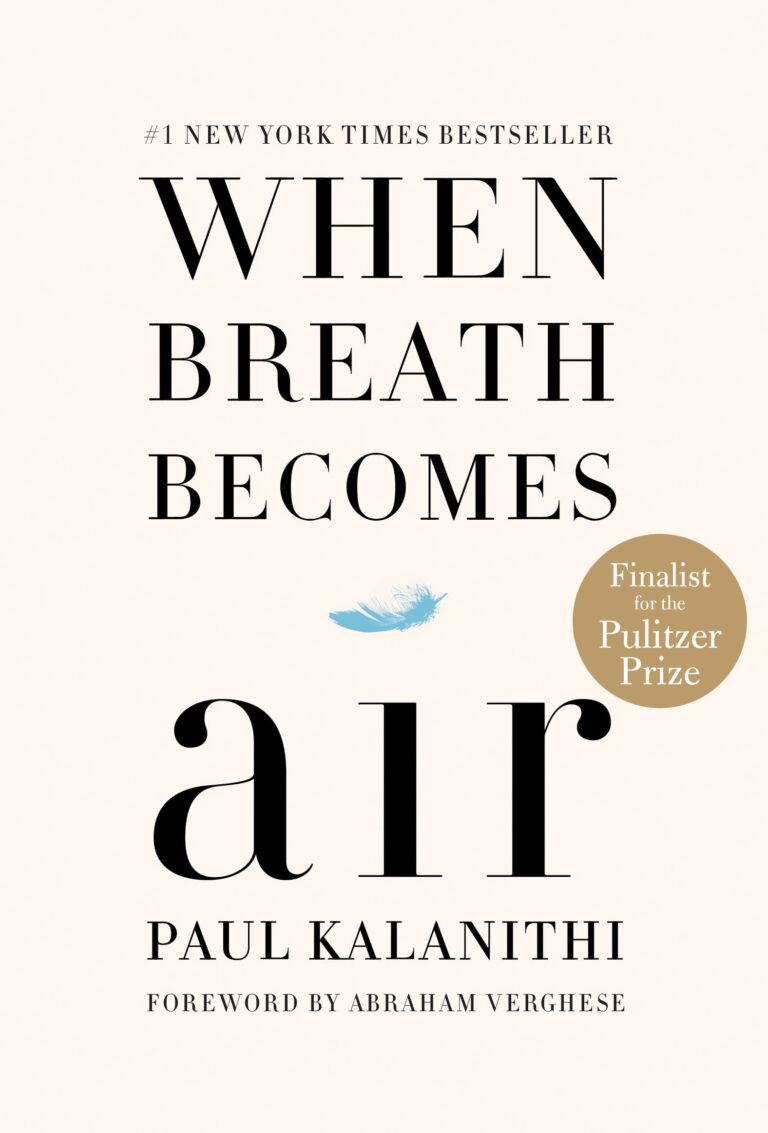

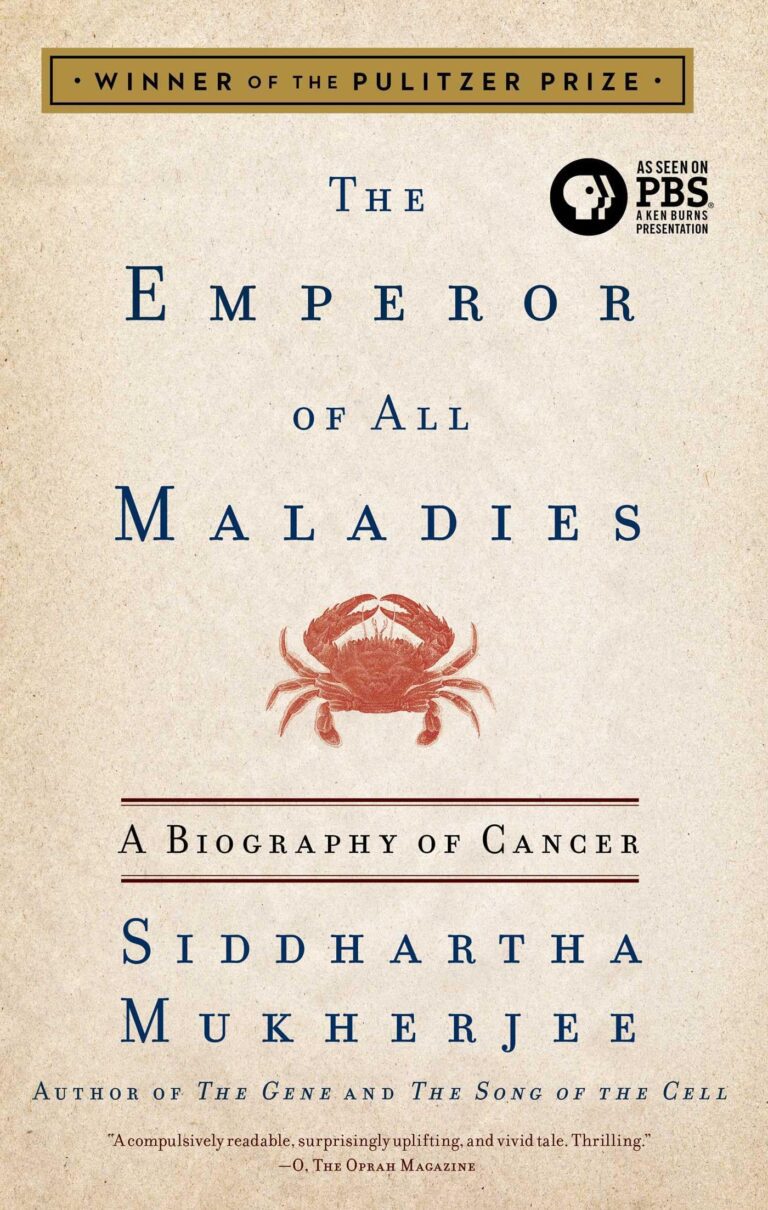
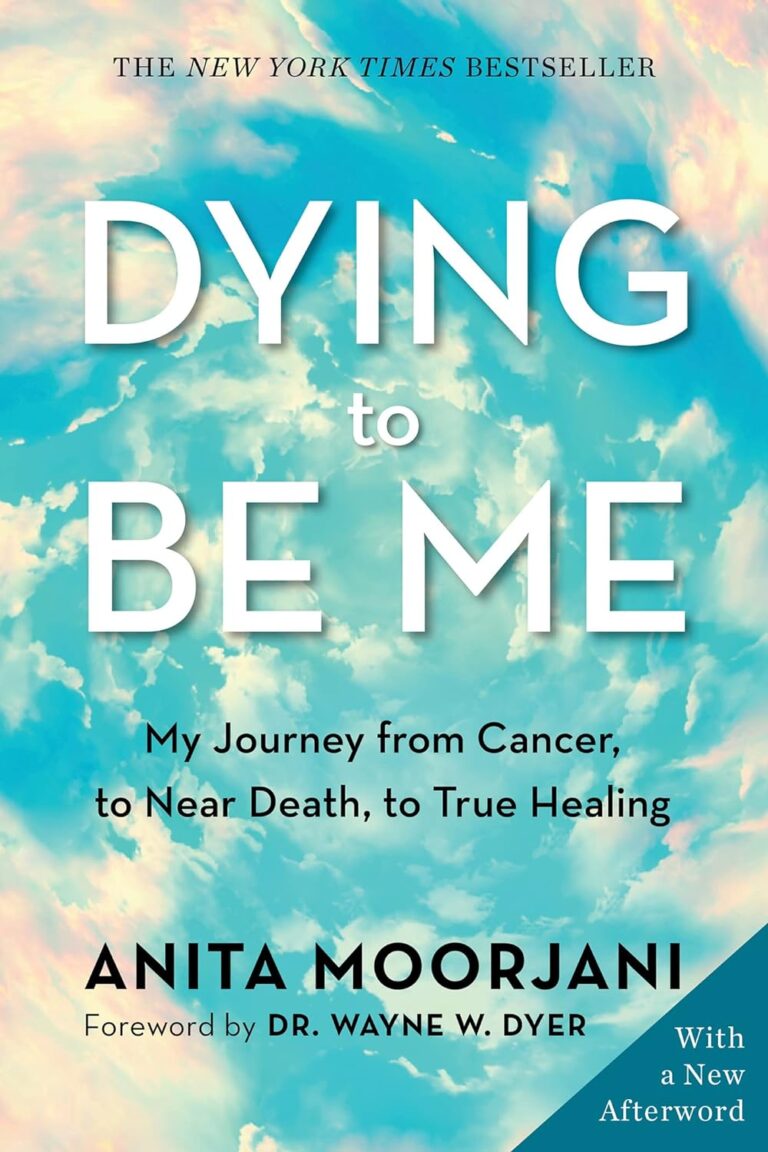



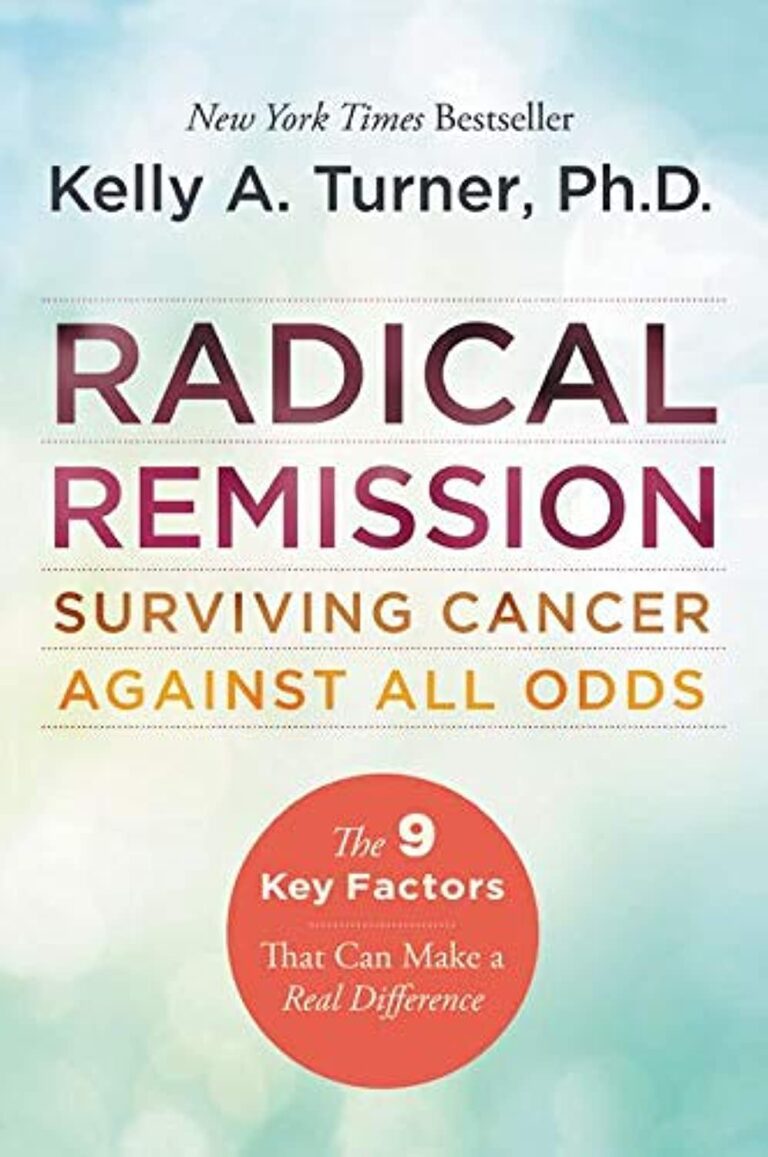



Comments
Thank you. Comment sent for approval.
Something is wrong, try again later